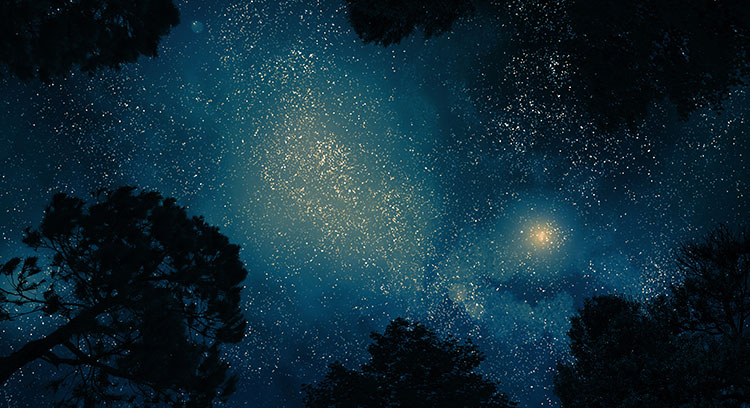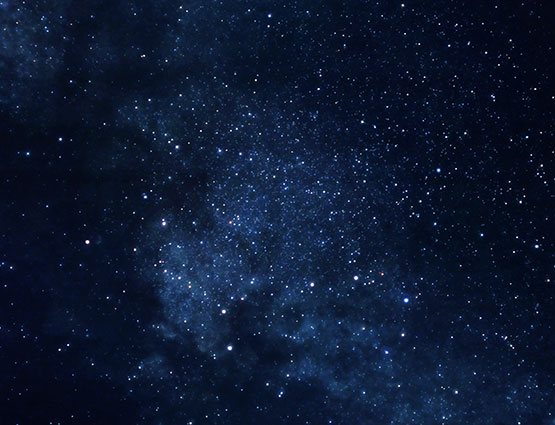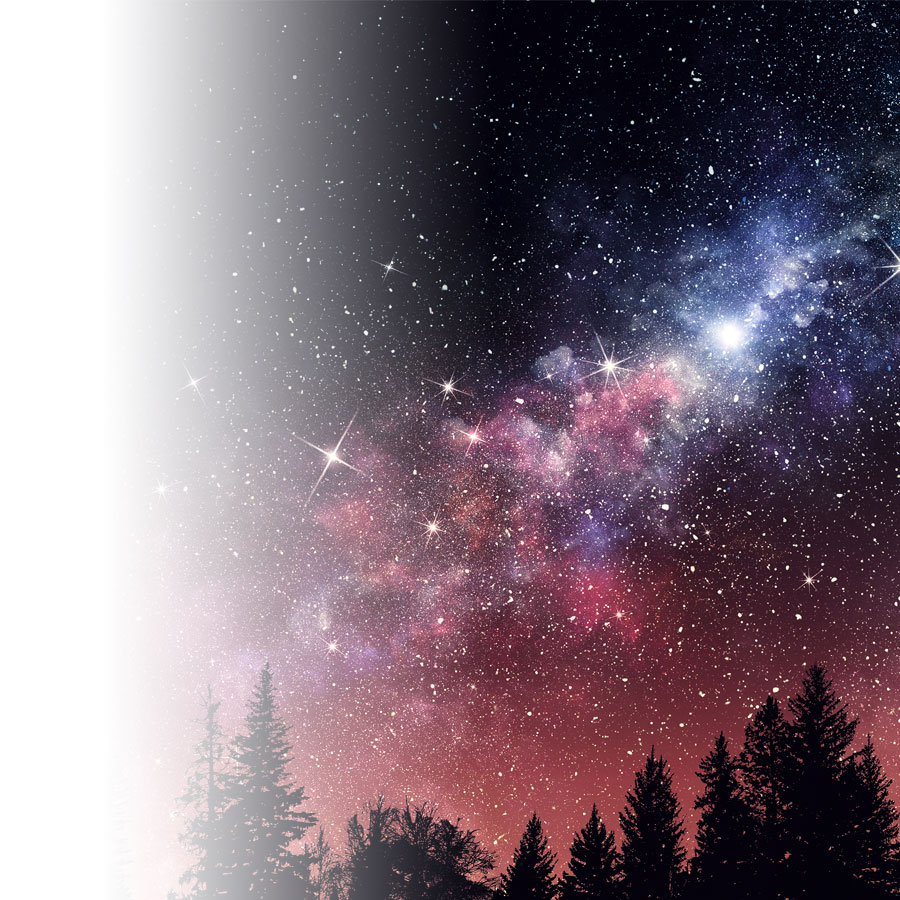FIND THE STARS YOU WANT
Thousands of stars are visible to the naked eye at night. If you’re looking for a particular constellation, you can locate it on your smartphone with the help of some apps. Here are a few must-haves for star-gazing:
- SkyView: This user-friendly Google app transforms your smartphone into a high-tech observatory with the touch of a button. Just point your smartphone at the night sky and the app will tell you the precise location of stars and constellations in real time.
- Star Chart: One of this app’s many features is a tool to help you find the constellation of your Zodiac sign.
- Star Walk 2: Want to know more about stars? This app contains a full database of constellations, planets and moon phases. It includes Wikipedia links and rewinds/fast forwards in time to see the movement of each celestial body.



